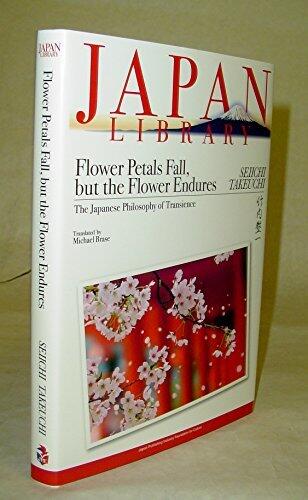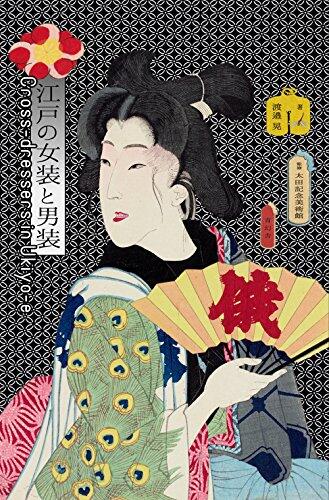
Cross-dressers In Ukiyo-e
によって
Akira (author.) Watanabe
まだ評価がありません
Art & Photography
形式
ペーパーバック
ページ数
136
言語
日本語
公開されました
Jul 16, 2018
出版社
Seigensha Art Publishing
ISBN-10
4861526531
ISBN-13
9784861526534
説明
In the realm of traditional Japanese art, the captivating world of ukiyo-e unfolds a unique narrative that intertwines aesthetics and identity. This work delves deeply into the seldom-explored theme of cross-dressing within ukiyo-e prints, prompting a reevaluation of gender roles and expression during the Edo period. Through a curated selection of stunning illustrations, readers are introduced to the vibrant figures who challenged societal norms and embraced fluidity in their portrayals.
The author, Akira Watanabe, guides the audience through a visual journey, shedding light on the cultural significance of cross-dressing in a historical context. Each piece invites contemplation about the complexities of gender perception in a time when such expressions were both celebrated and marginalized. The accompanying commentary enriches the experience, offering insights into the social and artistic landscapes that shaped these works.
The collaboration with the Kanshū Ōta Memorial Museum of Art brings an authoritative perspective, showcasing their collection while illuminating the intricate relationship between art and identity. By highlighting these prints, the book not only preserves an essential part of Japanese heritage but also encourages a broader dialogue about the evolution of gender representation.
Through the lens of ukiyo-e, readers find themselves immersed in a colorful tapestry of art that speaks to the human experience. This exploration invites one to reflect on the enduring relevance of gender diversity and expression within any cultural framework, reminding us that art has the power to challenge and transform societal narratives.
The author, Akira Watanabe, guides the audience through a visual journey, shedding light on the cultural significance of cross-dressing in a historical context. Each piece invites contemplation about the complexities of gender perception in a time when such expressions were both celebrated and marginalized. The accompanying commentary enriches the experience, offering insights into the social and artistic landscapes that shaped these works.
The collaboration with the Kanshū Ōta Memorial Museum of Art brings an authoritative perspective, showcasing their collection while illuminating the intricate relationship between art and identity. By highlighting these prints, the book not only preserves an essential part of Japanese heritage but also encourages a broader dialogue about the evolution of gender representation.
Through the lens of ukiyo-e, readers find themselves immersed in a colorful tapestry of art that speaks to the human experience. This exploration invites one to reflect on the enduring relevance of gender diversity and expression within any cultural framework, reminding us that art has the power to challenge and transform societal narratives.
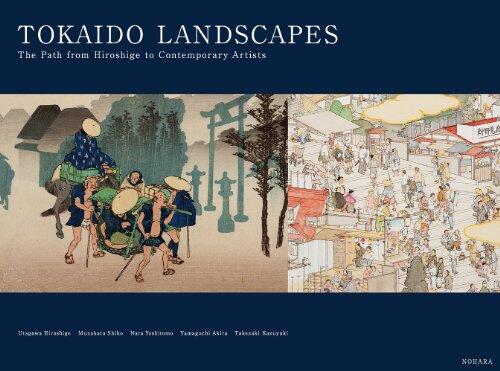








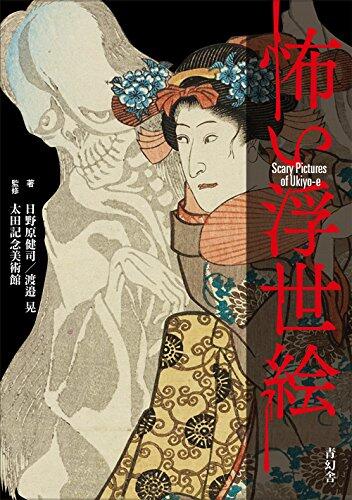
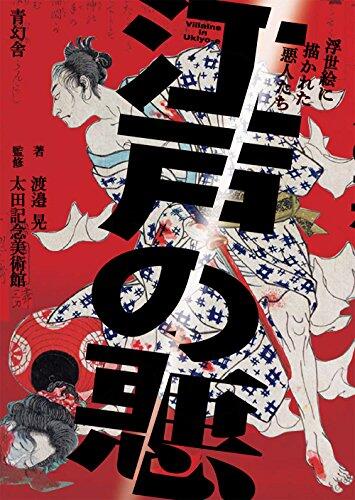
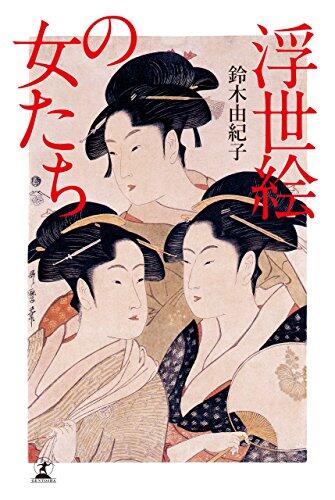
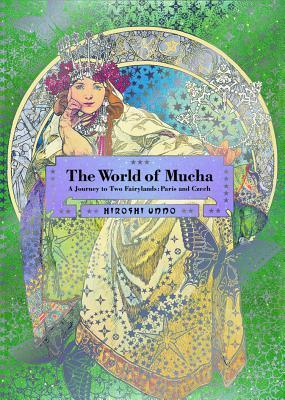
![くれよん・でいず~大キライなアイツ 1 [Crayon Days - Daikirai na Aitsu]](https://images.bookpine.com/dcdc020f-1681-47fb-8140-1b03c9abc100.jpg)

![劇場版テレビ版 犬夜叉アニメ全書 [Inuyasha Anime Zensho: Gekijyouban TVban]](https://images.bookpine.com/e7a49a37-ec79-4459-8324-f4655108684f.jpg)
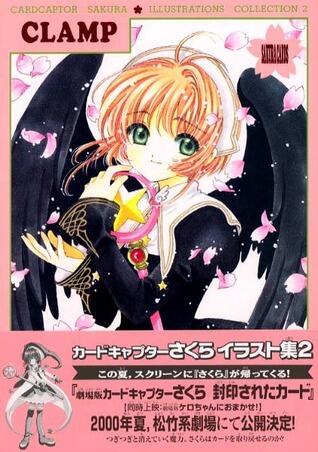

![Ohkubo Atsushi art book SOUL EATER SOUL ART 2 [JAPANESE EDITION]](https://images.bookpine.com/91585cb9-fdf0-4428-b4da-ba2a0a1bb295.jpg)
